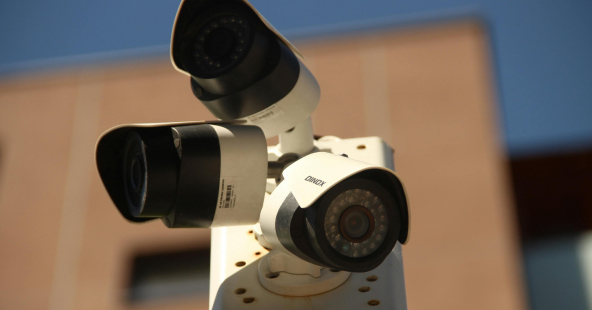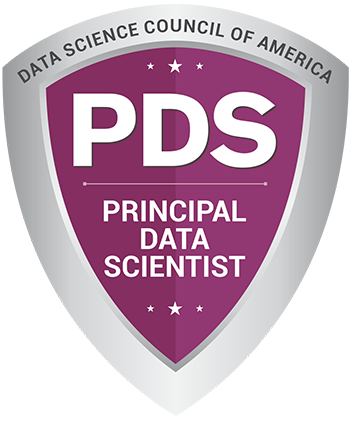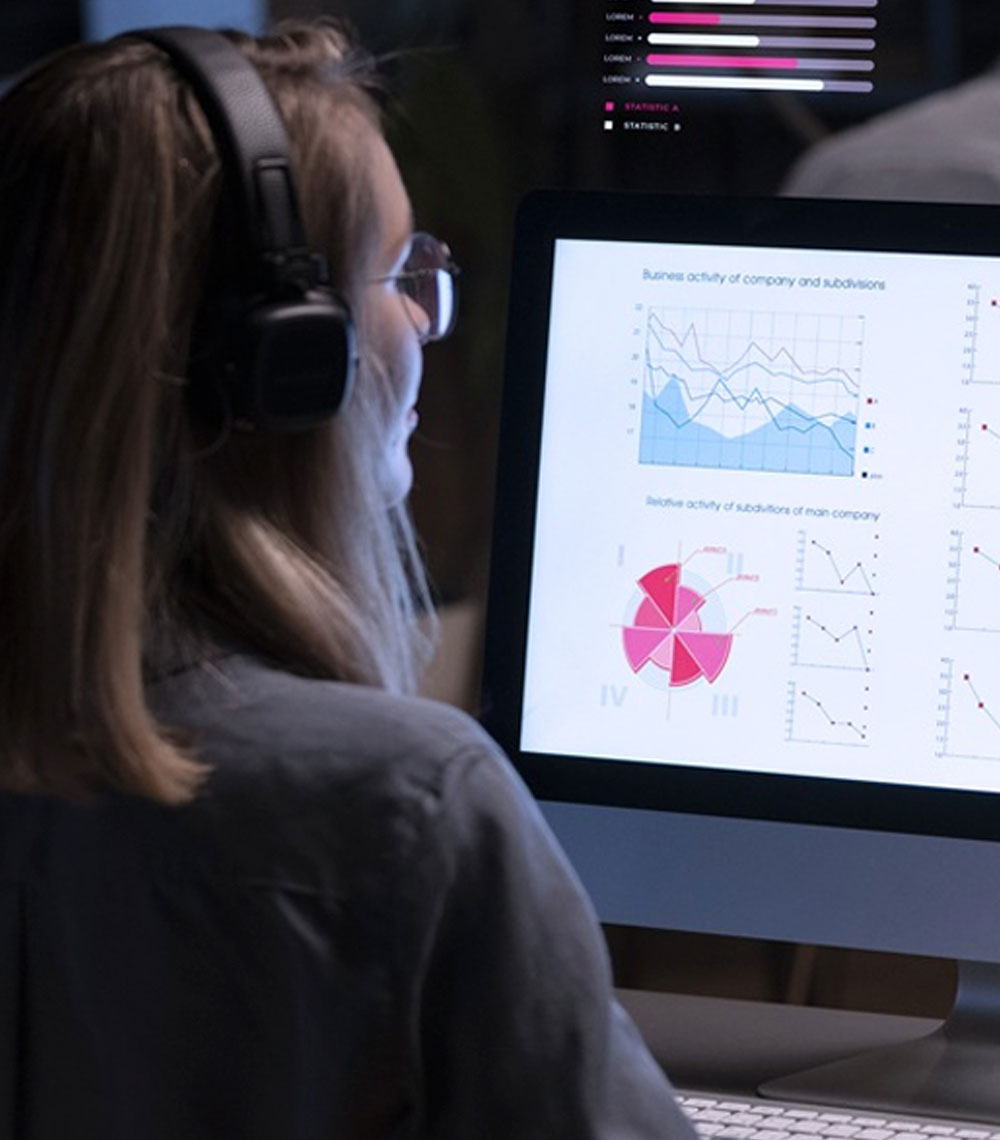
In recent years, the demand for enhanced public safety and security has led to significant advancements in surveillance technologies. One such breakthrough is the integration of data science and artificial intelligence (AI) into weapon detection systems. These systems are now able to predict and identify potential threats in real-time using large-scale data analytics and machine learning (ML) algorithms.
In this article, we explore how data science is transforming weapon detection systems, making them more accurate, faster, and proactive in identifying threats. With the growing need for security in public spaces like schools, airports, and entertainment venues, understanding the role of data science in weapon detection is crucial to safeguarding public safety.
1. Leveraging Machine Learning Algorithms for Enhanced Accuracy
At the core of modern weapon detection systems is machine learning (ML), a subset of artificial intelligence (AI). Machine learning algorithms are trained on vast datasets of historical data, such as videos, images, and sensor data, to identify patterns associated with potential threats. Over time, these algorithms learn from this data, becoming increasingly accurate at detecting weapons or unusual behaviors that may signal a security threat.
For instance, ML algorithms in weapon detection systems can identify firearms by analyzing the shape, size, and features of objects in real-time. Data science plays a significant role in refining these algorithms, allowing them to distinguish between various objects in the environment, reducing the likelihood of false alarms.
Real-World Example:
A study published by the National Institute of Standards and Technology (NIST) found that AI-driven ML models for weapon detection could achieve a detection accuracy rate of up to 95% in controlled environments, making it a highly reliable security solution in public spaces.
2. Predictive Analytics for Early Threat Detection
One of the most powerful aspects of integrating data science into weapon detection systems is the ability to predict potential threats before they occur. By utilizing predictive analytics, security systems can analyze patterns of behavior, locations, and even environmental conditions to forecast where and when an incident might happen.
For example, data from surveillance cameras, motion sensors, and even social media feeds can be analyzed to identify unusual movements or activity. AI and data science models can then issue alerts to security personnel, giving them a head start in assessing and responding to potential threats before they escalate.
Real-World Example:
At airports, predictive analytics is already being used to identify suspicious behavior before it leads to a security breach. By analyzing video feeds and passenger data, AI algorithms can predict potential risks based on historical patterns of threats, such as unusual group behaviors or rapid movements near security checkpoints.
3. Real-Time Detection and Monitoring for Faster Responses
Traditional weapon detection methods often rely on manual monitoring, where security personnel review footage after an incident occurs. However, an AI-powered weapon detection system, leverages data science to detect threats in real time, offering faster responses to potential dangers. With real-time data processing, these systems can immediately flag suspicious activity, such as someone carrying a weapon into a restricted area or attempting to conceal a firearm. The data is then sent to security teams or law enforcement, enabling them to act quickly and prevent incidents before they escalate.
Real-World Example:
According to a report by NIST, AI-based weapon detection systems have significantly improved security in high-risk areas like stadiums and airports, with some systems capable of detecting weapons within milliseconds of a potential threat emerging, allowing for almost immediate response.
4. Enhancing Data Collection and Processing
Data science also plays a pivotal role in improving the data collection and processing capabilities of weapon detection systems. Modern systems use a wide range of sensors, including thermal cameras, radar, and ultrasonic sensors, to collect data in various environmental conditions. The data collected from these sensors is then processed and analyzed by AI algorithms to determine whether a weapon is present.
Real-World Example:
Thermal imaging can detect heat signatures from firearms, while radar systems can identify objects hidden beneath clothing or in bags. Data science helps fuse these different types of sensor data into a single cohesive picture, improving the overall accuracy of the weapon detection system.
5. Integration with Other Security Systems
Data science is instrumental in enabling weapon detection systems to integrate with other security technologies, creating a more comprehensive security network. By connecting to access control systems, video surveillance, alarm systems, and even building management systems, weapon detection can be part of a larger, more efficient security ecosystem.
For example, if a weapon is detected in a particular area, the system can immediately trigger alarms, lock doors, or activate surveillance cameras to capture additional footage. Integration with other systems allows for a coordinated response that can prevent potential threats from escalating.
Real-World Example:
Many large-scale venues, such as sports arenas, now use integrated security systems that combine weapon detection, access control, and video surveillance. These systems work together to create a 360-degree security network, with data science enabling seamless communication and real-time decision-making.
Conclusion
The role of data science in enhancing weapon detection systems cannot be overstated. By integrating machine learning, predictive analytics, real-time monitoring, and data fusion, AI-powered weapon detection systems are becoming more accurate, efficient, and proactive. These systems not only improve the ability to identify potential threats but also enable faster responses, ultimately creating safer environments for everyone.
As the world continues to face evolving security challenges, the combination of AI, data science, and weapon detection technology will remain critical in protecting public spaces and safeguarding individuals from harm. By investing in these advanced solutions, businesses, public venues, and government institutions can ensure a higher level of security, preventing tragedies before they happen.
FAQs
Q1: How accurate are AI-powered weapon detection systems?
AI-powered weapon detection systems can achieve detection accuracy rates of up to 95%, significantly reducing false positives and improving response times.
Q2: Can weapon detection systems operate in real-time?
Yes, AI-based weapon detection systems provide real-time analysis, allowing for immediate identification and response to potential threats.
Q3: How does data science improve weapon detection systems?
Data science helps improve accuracy by enabling AI models to analyze vast amounts of data from various sensors (e.g., video, thermal, radar) and adapt to different environments and scenarios.
Q4: How do predictive analytics help in weapon detection?
Predictive analytics uses historical data and real-time monitoring to predict and identify potential threats, allowing security teams to intervene before an incident occurs.
Q5: How does AI enhance integration with other security systems?
AI enables seamless integration between weapon detection, video surveillance, and access control systems, creating a more coordinated and responsive security network.

































